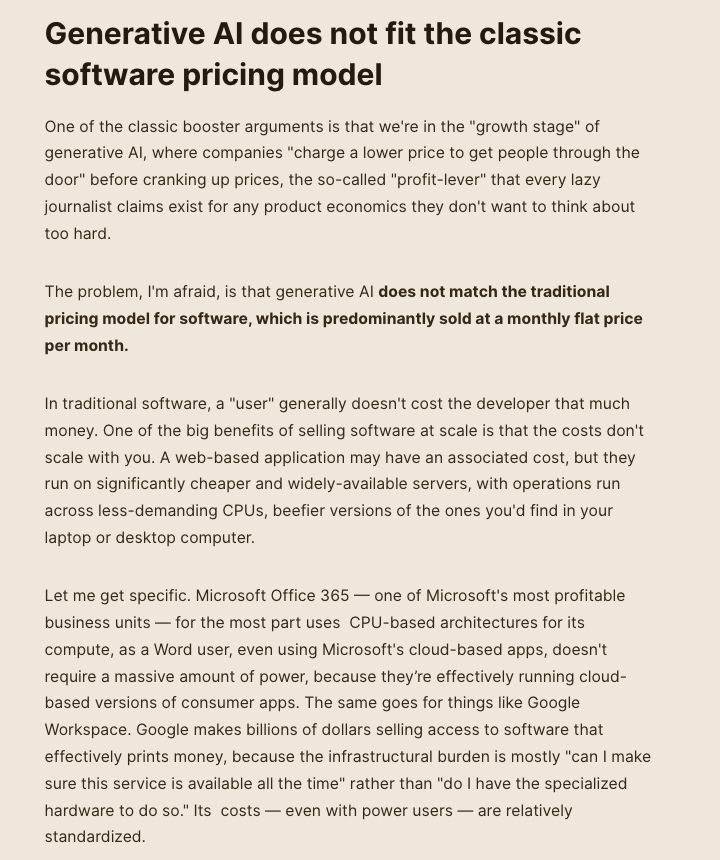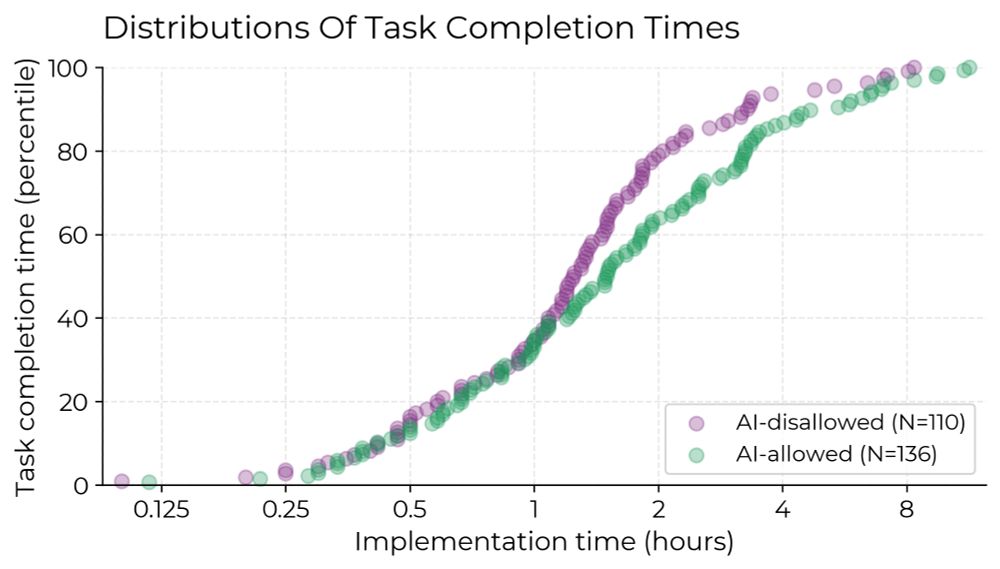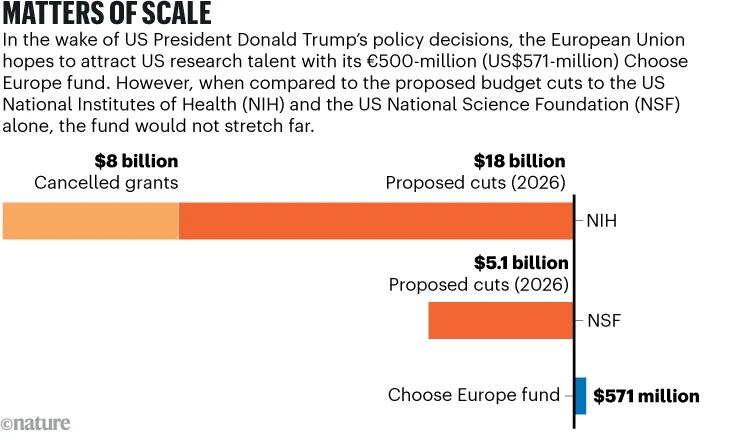Matteo Paloni
@betterwithchem.bsky.social
470 followers
400 following
12 posts
PDRA at MME-UCL, previously PD at CBS-Montpellier ( @cbsmontpellier.bsky.social). Interested in MD simulations of order and chaos.
https://scholar.google.com/citations?user=fK55KfEAAAAJ&hl=en
Posts
Media
Videos
Starter Packs
Pinned
Reposted by Matteo Paloni
Reposted by Matteo Paloni
Reposted by Matteo Paloni
Reposted by Matteo Paloni
Reposted by Matteo Paloni
Reposted by Matteo Paloni
Reposted by Matteo Paloni
Reposted by Matteo Paloni
David Emmett
@motomatters.com
· Sep 13
Reposted by Matteo Paloni
Reposted by Matteo Paloni
Reposted by Matteo Paloni
Reposted by Matteo Paloni
Reposted by Matteo Paloni
Reposted by Matteo Paloni
Reposted by Matteo Paloni
Reposted by Matteo Paloni
Reposted by Matteo Paloni
SpruijtLab
@spruijtlab.bsky.social
· Jul 16

Selective Ion Binding and Uptake Shape the Microenvironment of Biomolecular Condensates
Biomolecular condensates modulate various ion-dependent cellular processes and can regulate subcellular ion distributions by selective uptake of ions. To understand these processes, it is essential to...
doi.org
Reposted by Matteo Paloni
Reposted by Matteo Paloni
Reposted by Matteo Paloni
Reposted by Matteo Paloni























